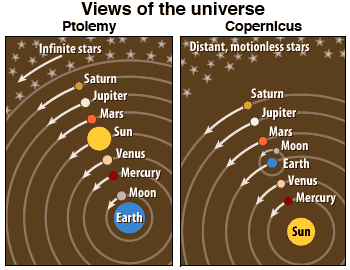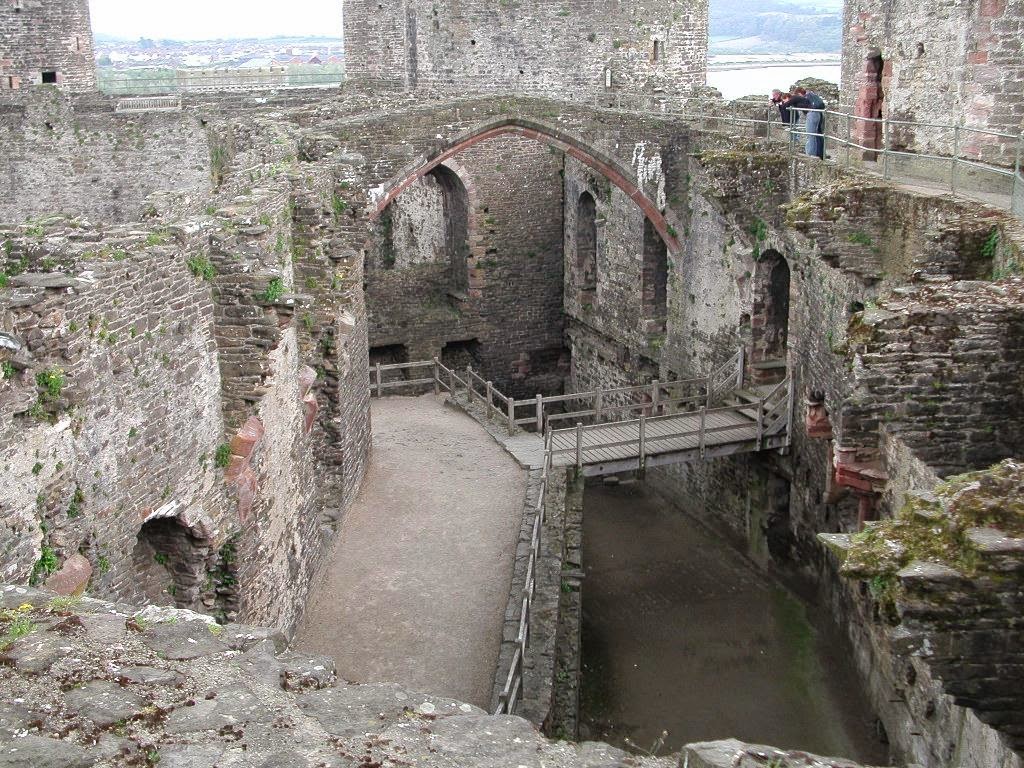Art Deco is a decorative design style or movement that is also known as Style Moderne. It was widely used in architecture, interior design, fashion and jewelry.
(Source) It was also seen in other art forms such as sculpture, industrial design (
Read more here) as well as in the aviation and automobile industries. (
Source) Art Deco style was so popular that its usage can be found in almost all aspects of design even in common consumer products like household items and electrical appliances. (
Read more here)
Timeline
The Art Deco period started in France in1920 right after the end of the First World War. The fast progress of technology after the war gave birth to a design style that uses luxurious materials. (
Source) The Art Deco era began to wane during the 2nd World War in the1940s. (
Source) People felt that its luxurious style was not appropriate to the times which led to its decline. (
Read more here) The later part of this period is also known as the Streamline Moderne. This design style emerged in the late 1930s and was inspired by the the contours and long straight lines used in new aeroplane and automobile designs.
How Art Deco Came To Be
Art Deco is generally viewed as a purely decorative art with no philosophical basis. (
Source) Other historians though say that Art Deco was born as a reaction against the austerity imposed by the First World War. It was initially considered a luxurious style as it used expensive and exotic materials like silver, crystal, jade, ivory and lacquer. As WW2 began, Art Deco designs made used of cheaper, mass produced materials such as chrome, plastic and other industrial items as the middle class' demand for this type of design grew. (
Read more here) The designs became more streamlined as designers took inspiration from the transportation industry particularly the scientific progress in the aerodynamics principle used in its exterior design.
Most Notable Art Deco Attributes
Art Deco design is best known for its geometric shapes and symmetry which were adapted from the ancient Greeks & Romans design. It was also hugely influenced by ancient Egypt as seen in its use of the
zigzag (chevron),
trapezoid and
triangular pyramid-like shapes. Art Deco is also known for its
streamlined style of design characterized by the use of contours and curves, long lines and sunbursts which were inspired by the speed and aerodynamics of the Machine Age. (
Source)
Colours Used In Art Deco
Art Deco is known for its bright sometimes garish colours. These lively, energetic colours sympolize the prosperity of the times (
Source)
Silver, gold, metallic blue and charcoal grey were also widely used to symbolize the wealth and prosperity of the times in between the two world wars. (
Source)
In the late Art Deco era where streamlined designs were popular, neutral colours were widely used. (
Source)
But the most popular colours of this era were black and white. as it was considered a sophisticated colour scheme. (
Source)
Materials Used in Art Deco
New materials used in designs were also influenced by the Machine Age. Stainless steel, aluminum. plastic, inlaid wood and lacquer became popular choices as materials. The expensive materials used in the previous era-Art Nouveau, such as moulded glass and ivory were still used but other exotic items such as shark skin and zebra skin were introduced.
Contemporary Art Deco-Inspired Architecture & Interiors
The film The Great Gatsby, which is set in the 1920s is the perfect example of the Art Deco Style
A contemporary interior influenced by this film
Art Deco was a very successful style and movement. It's luxurious and flamboyant designs reflected the modern technology and prosperity of that era. After its decline in the 1940s, it made a comeback in the 1960s together with the Pop Art culture and again in the 1980s with the advent of graphic design. (
Source)





































































